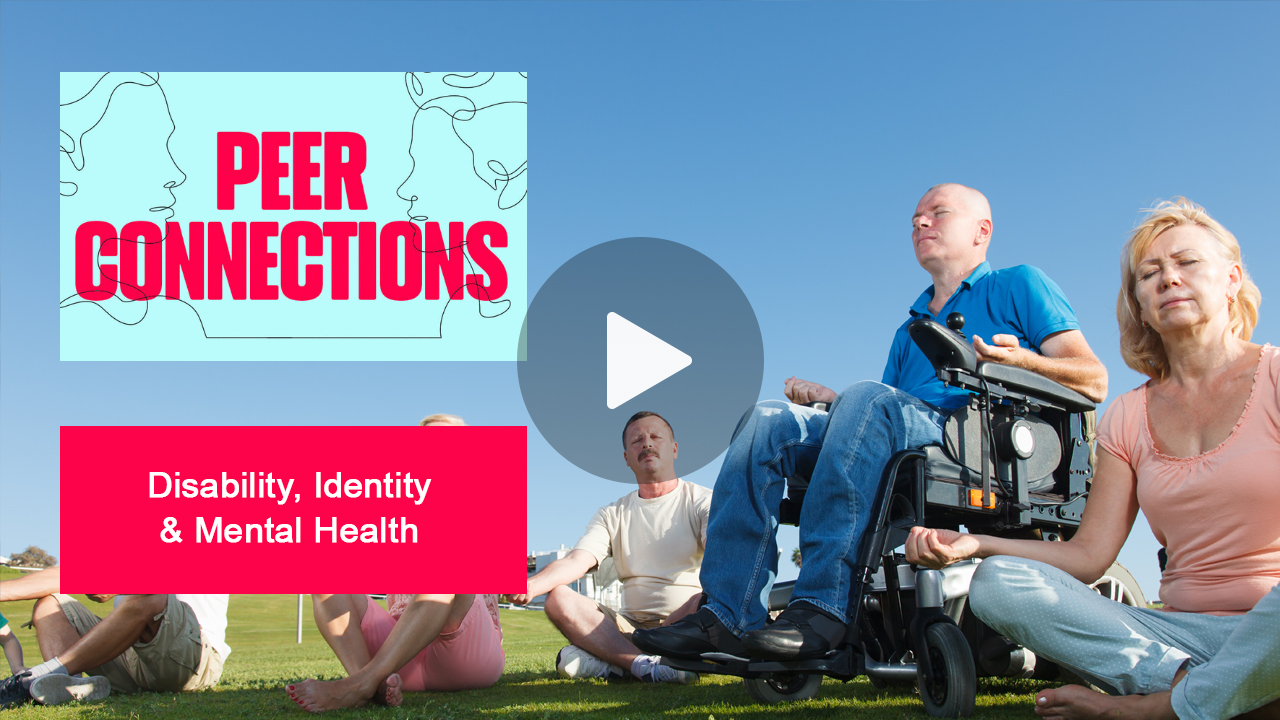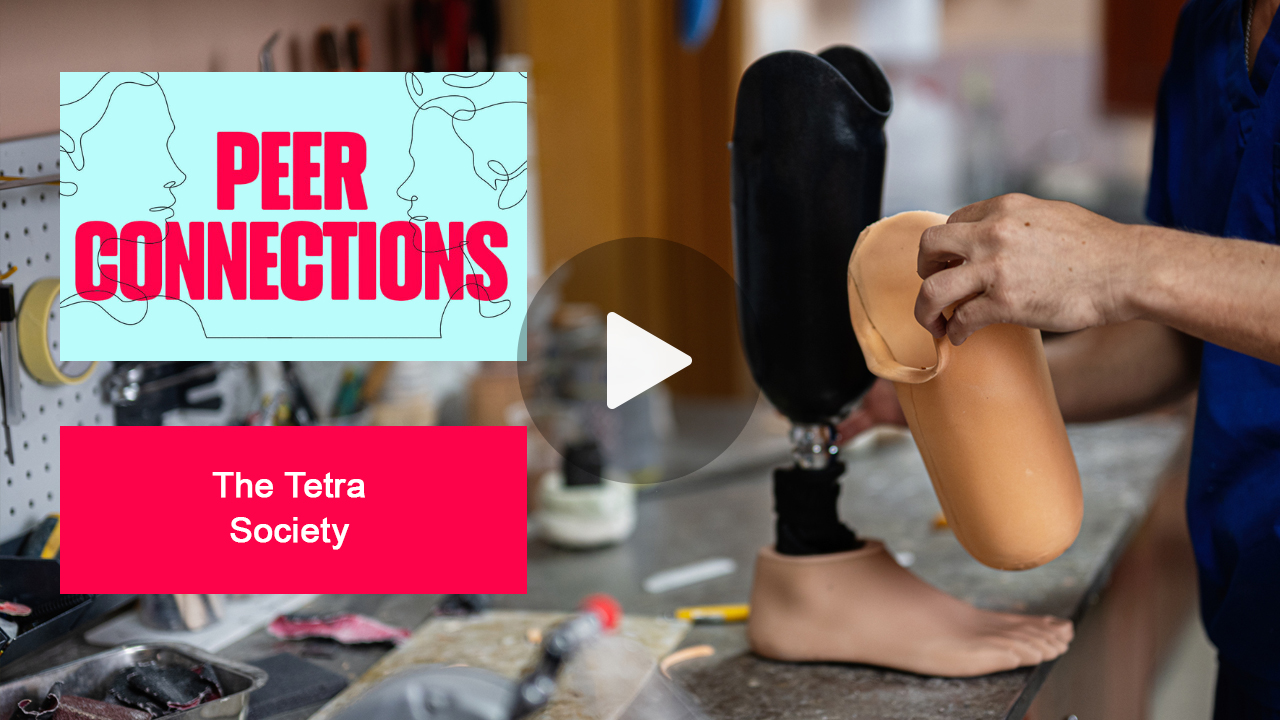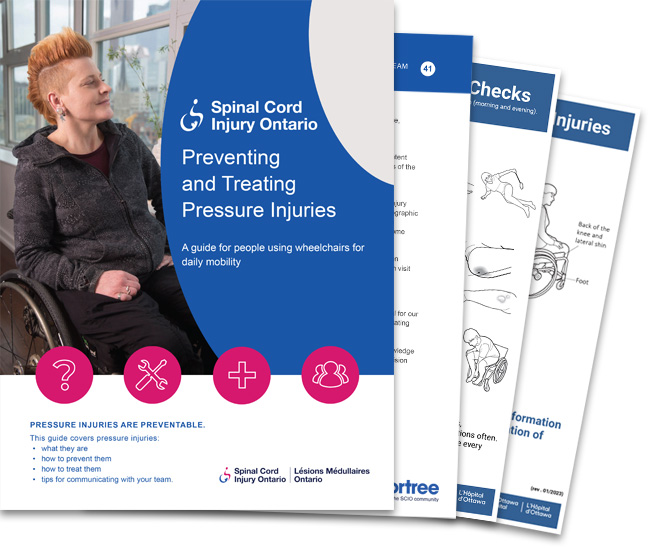People with spinal cord injury or disease are at increased risk of developing pressure injuries. Pressure injuries are areas of damaged skin and tissue caused by long periods of pressure, or pressure in combination with shear. Pressure injuries can have a negative impact on one’s health and well-being. Therefore, maintenance of tissue integrity and pressure injury prevention is an important safety priority for those with lived experience.
In this Peer Connections, Jennifer Duley, Advanced Practice Physiotherapist, Acute Spine Unit, Hamilton Health Sciences shares how SCI rehabilitation programs are working to decrease and prevent pressure injuries through the completion of self-directed or independent daily head to toe skin checks. Jennifer shares a skin check video made to show how to perform skin checks with assistance for people with spinal cord injuries. The video identifies key factors to consider when completing skin checks and also demonstrates the technique on how to complete skin checks independently and with assistance.
To access more free resources on managing pressure injuries, including the full skin check video, visit: https://cortree.sciontario.org/category/skin-health/
Clinicians across the SCI-IEQCC Network from Parkwood Institute, Hamilton Regional Rehabilitation Centre, Ottawa Hospital Rehabilitation Center, Lyndhurst, Providence Care, and in partnership with Spinal Cord Injury Ontario, Cortree and persons with lived experiences, all contributed to this video development.
Pressure injuries are skin and tissue damage. They are caused by sitting or lying too long on one part of the body. They can also be caused by pressure combined with shear. Shear is when the skin moves one way, and the tissue underneath moves the opposite way. This can happen when you slide down in bed or transfer your weight from one surface to another.
The deeper the injury is, the harder it is to treat. That’s why it is so important to try to prevent them. You, and those who help with your care, should always watch for signs of pressure injuries. Get them treated right away. If things aren’t getting better, be sure to consult a health care provider who can help you manage pressure injuries.
Some people might experience increased risk factors for developing pressure injuries such as:
- Inadequate access to health care
- Lack of mobility
- Poor nutrition
- History of pressure injury
Areas of skin breakdown can be a sign you may need to assess your strength, balance and posture, stretch and strengthen your muscles and joints. Moving more and making your transfers smoother can help protect your skin.
If you enjoyed this video about dealing with SCI pressure injuries, and spinal cord injury skin management tips, please remember to like, share, subscribe and leave a comment if you have any questions, suggestions, or feedback. We hope to see you here again soon!





